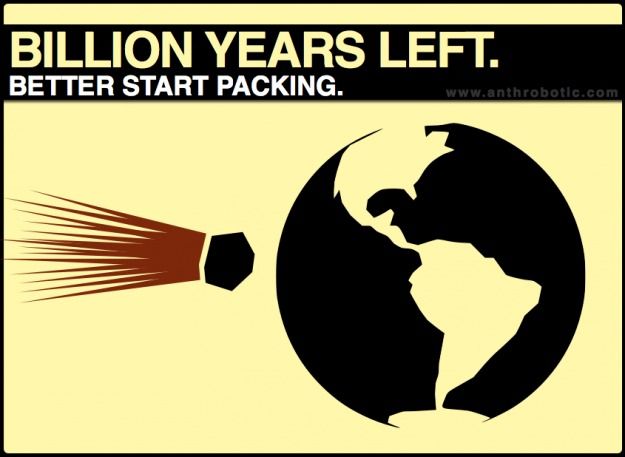Sep 29, 2012
Debunking Time Travel (Looper)
Posted by Benjamin T. Solomon in categories: media & arts, physics, policy, space
Previous Post in this Debunking Series.
I just watched Looper the movie. It is such a good movie and a great story. But then I’m biased. Anything with Bruce Willis is a great movie. Bruce Willis is getting older, which reminds me so am I!
For those who have not watched Looper I won’t give the story away … Looper is a must watch for science fiction fans. And there were other great movies and episodes about time travel. The three Back to the Future, and the Star Trek episodes, for starters.
That was the good news, and now for the bad news. Time travel is impossible. The mathematics behind time travel is excellent, but the physics is not. In contemporary physics, the mechanism of time travel requires wormholes. You get into a wormhole on one side and you pop out the other side either in the future or in the past, depending on what the wormhole was designed to do.









